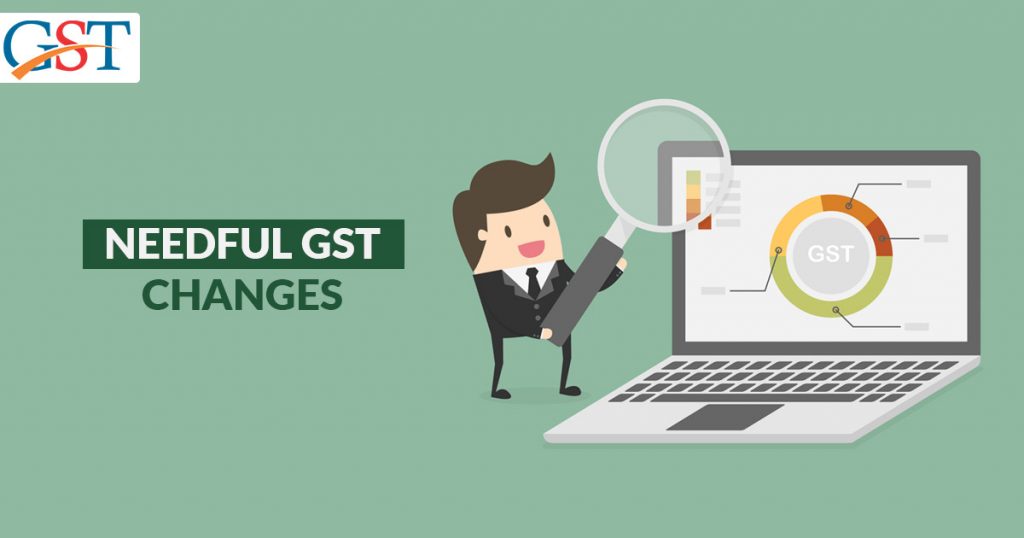
The Goods and Service Tax is going to complete Six years of implementation on Mar 22, 2023. It was introduced in the country with the idea of one nation one tax and succeeded in replacing 17 taxes and cesses with only five tax rate slabs, ranging from 0 to 28 per cent. Introduced with the aim of making India one market, GST after two years of time seems to have succeeded in doing so.
The collected revenue from GST in Feb 2023 stands at INR 1.49 lakh crore which is around 12 per cent more than the tax accumulated in a similar month last year. The highest ever gathered tax since the introduction of the new indirect tax system. However, there are several speed breakers spread in the path of making India one market and the biggest of all is the complicated process of GST return filing.
Small business owners reveal what challenges they have to face in compliance with GST. According to them, due to a small typographical error while filling in a refund form, their refunds can be held up by the government for months on end. Whereas, these refunds are an adequate amount of working capital for many microenterprises that can come up as a major issue for them. Other than this, GST still requires to have registrations of even a single business owner present in different states.
Here is the list of five changes which are needed to make urgently for an easy process.
Easier Compliance with GST
The complexities being faced by taxpayers while GST filing should be simplified. Likewise-multiple registration, invoice matching and dispute resolution as well. There is a need for reconsidering the whole GST process because several complaints of delay in refunds and confusion of multiple registrations have been observed from many businesses
Increase the Scope of GST
The items and services like petroleum, aviation turbine fuel, natural gas and electricity should be included under GST. it will increase the scope of GST and further provoke the rationalization of tax rates by lowering them. The highest GST tax rates in India among others are one of the major concerns that need to be fixed by the Modi government.
Include Electricity Under the GST
Currently, the transmission and distribution of electricity from any service provider do not fall under GST. As of now, multiple taxes are available in the sector wherein tax rates for customers are low and high for industries. The enforcement of uniform GST tax rates in the sector would reduce the cost of electricity.
Read Also: What If Electricity Comes Under GST India?
Also, it will help the manufacturing sector to grow and increase job opportunities in the country’s low-cost manufacturing base.
Transparency in GST Computation
It has been found that many businesses did not pass on the GST benefits to the consumers. However, it is not that easier to deceive consumers and it can be said that a bit of transparency can be seen in the computing benefits methods.
The government has assigned the NAA (National Anti-Profiteering Authority) to check whether the ITC has been given to the recipient or not after the price cut down. So it is very necessary for the government to issue clear and simplified guidelines for computing the GST.
Update the GSTN Portal
The GSTN must be updated on a regular basis because having any glitch in the GST portal will create problems while filing the returns. So it is very important to update it to make it user-friendly.